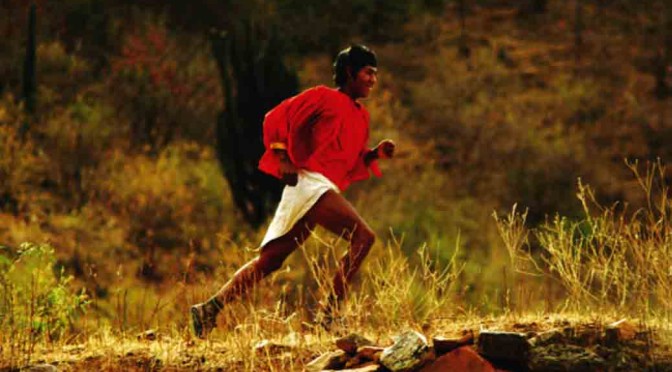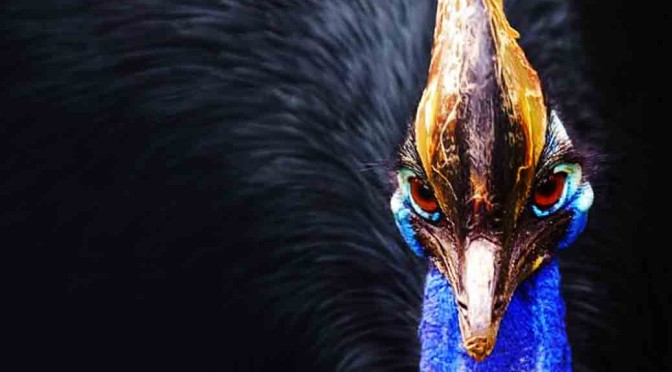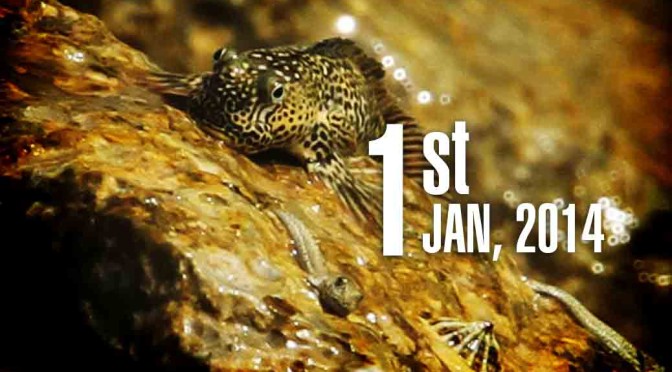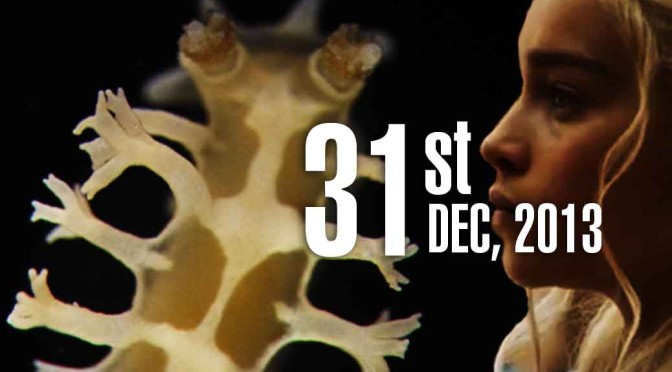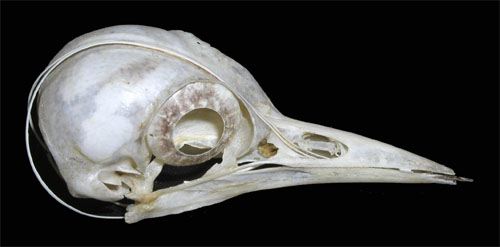By Anupum Pant
The marathon is one of the most popular long-distance running events and is followed by people from around the world. An athlete, to even finish the ~42 km race, has to go through a training that lasts several months (or years).The training is designed to develop the slow twitch muscle fibers which enables athletes to run for a long distances without getting tired. But, lacking access to all the hi-tech training equipment, there are people who can run fifteen times that in one session.
Tarahumara people or ‘Running people’ are a group of Native American people living in the north-western Mexico who can run 400+ miles in around 50 hours! Sounds impossible, but it is true. Astonishingly, the entire tribe consisting of men, women, old and young, every one of them is capable of running at least 250+ miles in a single run, without shoes. Such extreme feat of endurance has never been seen among humans anywhere else in the world.
They are the kind of people who run to live. They have running events lasting more than 200 miles regularly. They run to send messages and they run for food; Like Michael Stevens from Vsauce says, as hunters humans who can run persistently, can outrun even horses.
In fact, I thought about writing this after I watched a very interesting video on Vsauce and was feeling uneasy that Michael had missed the Tarahumara people. – [Video]
Where do they get the energy? – Unlike athletes who last on energy gained from Gatorade (or other drinks), these people run on copious amounts of a beverage made from corn, to keep up with the amount of calories they burn in a single event – around 43,000 calories. A great workout indeed!
One thing that has confused me: If they can run 400 miles with ease, why don’t they take part in the marathon events? I’m guessing that they run for long but don’t run as fast as a marathon runner. If you know why, tell me in the comments section below.
Donating = Loving
A small donation worth a single cup of coffee from you can be the difference between this website existing or not. If you like this, please consider buying me a cup of coffee:
